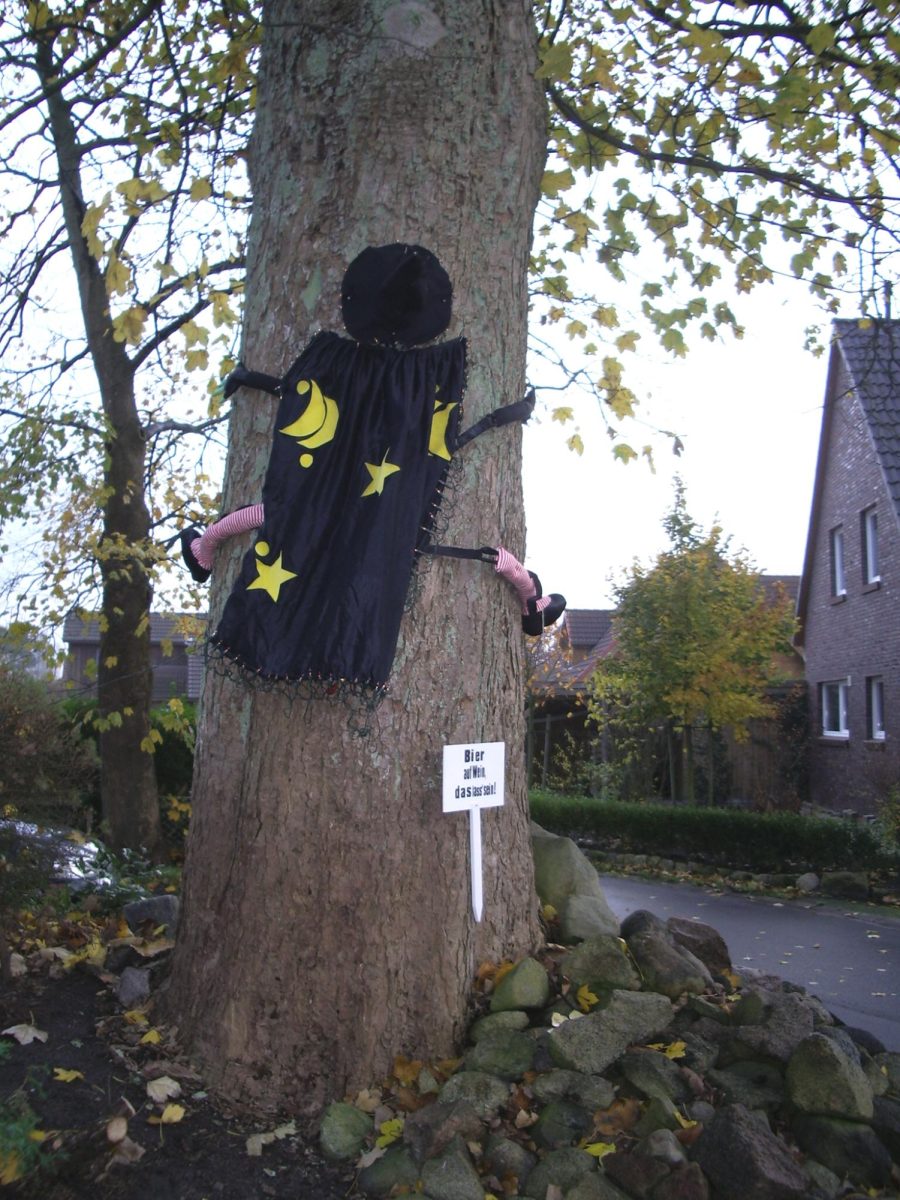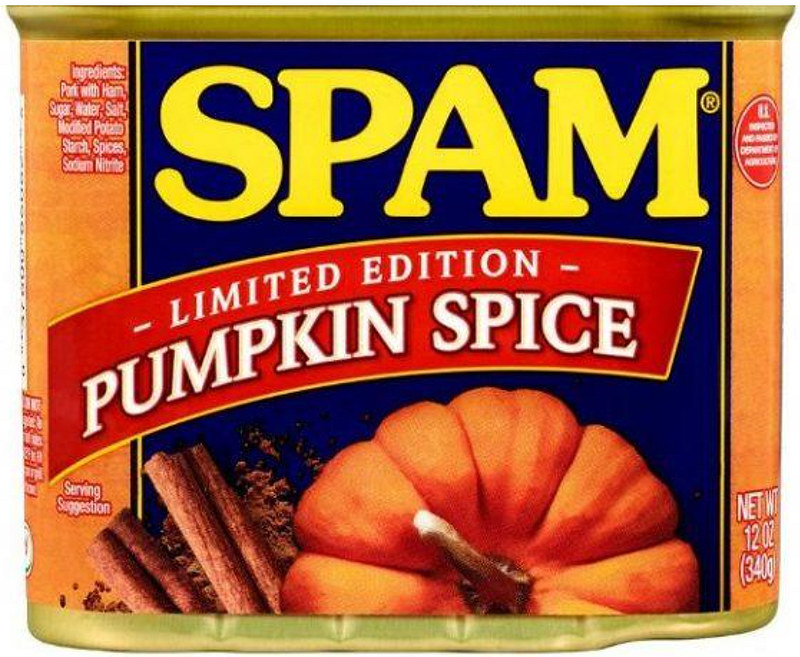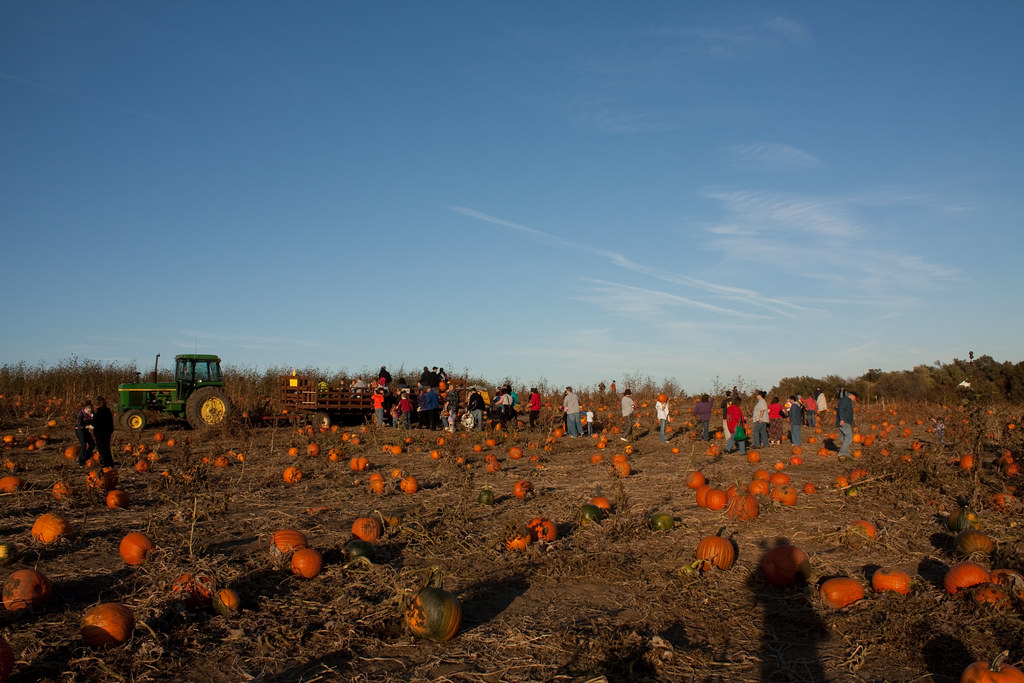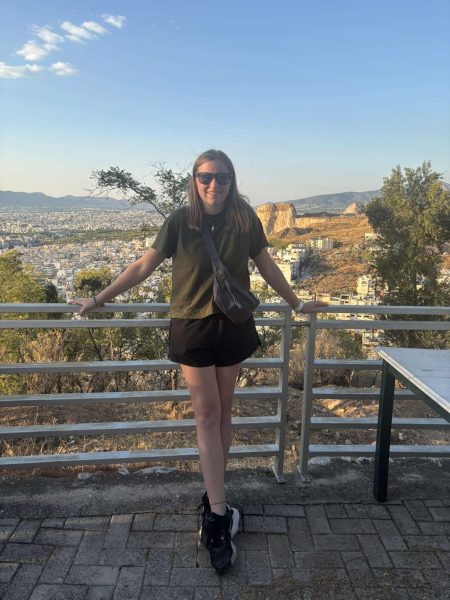Halloween is celebrated all around the world, whether this spooky holiday goes back to the witches on All Hallows Eve, or invented as a hoax by the candy companies. But how do other countries and cultures celebrate this spooky holiday?
Halloween is a staple of trick or treating, dressing up, carving pumpkins, and decorating here at home. In the U.S., Halloween did not become a holiday until the 19th century, when the transatlantic migration of 2 million Irish people brought the holiday. In the 20th century, Halloween became a night of vandalism, destruction of property, and cruelty to animals and people, until the Boy Scouts came together to encourage safe celebration.
Similar to Halloween, but still different in many ways, Mexico celebrates Día de Los Muertos (Day of the Dead). Altars of deceased loved ones are decorated with flowers, food, and pictures. Families gather around the altars to dance, share stories, and speak with the dead. Halloween and Day of the Dead have influenced each other through popular culture, migration, and the time at which they occur.
In China, they celebrate the “Hungry Ghost Festival” in mid-July, which is when it is customary to float river lanterns to remember those who have died. Halloween is commonly called “All Saints’ Festival” (Wànshèngjié, 萬聖節), or less commonly by other names, “All Saints’ Eve” (Wànshèngyè, 萬聖夜), or “Eve of All Saints’ Day” (Wànshèngjié Qiányè, 萬聖節前夕), stemming from the term “All Hallows Eve”, hallow referring to the souls of holy saints. Chinese Christian churches hold religious celebrations, and non-religious celebrations can include costume parties, and Hong Kong Disneyland and Ocean Park host Halloween shows.
Oct. 31 through Nov. 2 is a time for remembering dead family members and friends in the Philippines. Many Filipinos travel back to their hometowns for family gatherings or festivities. Trick or treating is replacing the dying tradition of Pangangaluluwâ–an old English custom of souling (a soulmass-cake). People in provinces still observe it by going door to door offering a song in exchange for money or food; the songs were often sung by children about the souls in Purgatory.
Halloween was not generally observed in Germany prior to the 1990s. It has been influenced by U.S. culture, such as Trick or Treating (Süßes sonst gibt’s Saures), which has been occurring in various German cities, like the neighborhood Dahlem in Berlin, which was part of the American zone during the Cold War. Kids go trick-or-treating while adults celebrate at themed costume parties and clubs. Recently, complaints of vandalism associated with Halloween “tricks” have been on the rise, particularly with the elderly.
In Italy, All Saints’ Day is a public holiday, and on Nov. 2, Tutti i Morti (All Souls’ Day), families remember loved ones who have passed. In some Italian traditions, children would awake on the morning of All Saints or All Souls to find gifts from their deceased ancestors. In Sardinia, Concas de Mortu (head of the deads) carved pumpkins that look like skulls with candies are displayed. In Veneto, these carved pumpkins were called lumère (lanterns) or suche dei morti (deads’ pumpkins).
Halloween was first attested in the 16th century as a Scottish shortening of the full name All-Hallows-Even, which is the night before All Hallows’ Day. Robert Burns-a, a Scottish poet, wrote a poem in 1780. A part in his poem, he wrote Halloween is “thought to be a night when witches, devils, and other mischief-making beings are all abroad on their baneful midnight errands. Traditions in Scotland include Guising, where masqueraders carrying lanterns made of carved out turnips visit homes to be rewarded with cakes, fruit, and money. Another traditional game includes apple dooking or dunking, and attempting to eat while blindfolded, a treacle (syrup)/jam-coated scone hanging on a piece of string. Other traditional practices include divination practices, ways of trying to predict the future.
Last but not least, Romanians observe the Feast of St. Andrew (patron saint of Romania) on Nov. 30, and on St. Andrew’s Eve, ghosts are said to be around. With the popularity of Dracula and vampires in Western Europe, around Halloween, the Romanian tourist industry promotes trips to locations connected to the historical Voivode (ruler) of Wallachia, Vlad Tepeș, and the more well-known Dracula (1897 novel) of Bram Stoker (Irish novelist). One of the biggest Halloween parties takes place in Sighișoara, the citadel (fortress) where Vlad was born; this party includes magician shows, a ballet show, and The Ritual Killing of a Living Dead: restless spirits that rise from their graves to harm the living, killing them before they are buried includes staking the heart, decapitation, burning, etc. The Catholic and Orthodox churches in Romania discourage Halloween celebrations, advising their parishioners to focus on the Day of the Dead.
Whether it’s the U.S., Mexico, China, the Philippines, Germany, Italy, Scotland, or Romania. Everyone celebrates Halloween in a different way. Some people celebrate according to their country, others follow American customs. Happy Halloween and have a bootiful night.







